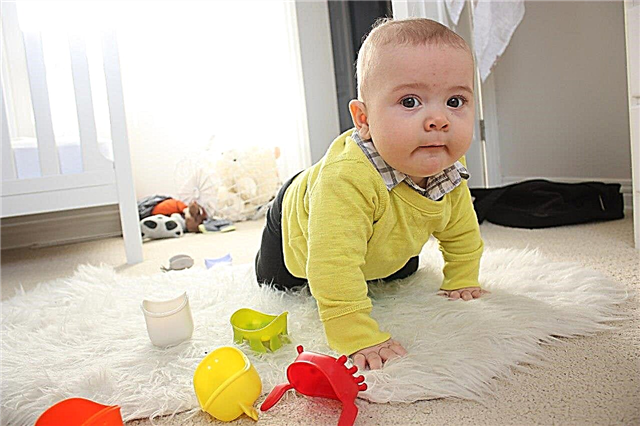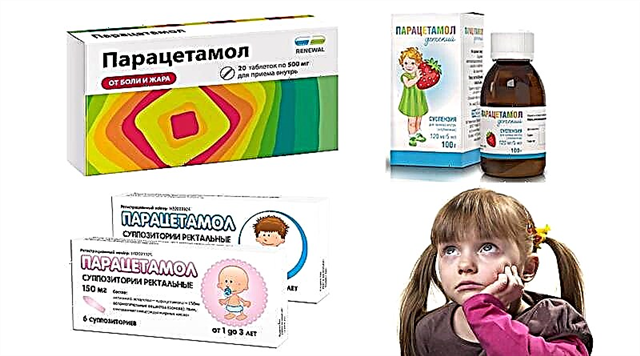Urinalysis together with a general clinical blood test are the most frequently prescribed examinations of biological body fluids. The routine method of urine examination allows detecting the initial stages of the development of pathological processes inside the body. Below will be discussed about such an indicator as erythrocytes. It will be analyzed in more detail why erythrocytes in the urine of a child can be increased, where to go in such a situation.
When can red blood cells appear in the urine of a child?
Is it possible for red blood cells to appear in the urine of a healthy child?
The appearance of red blood cells in the urine is usually called hematuria or erythrocyturia. Normally, a small amount of red blood cells is allowed in the child's urine. On average, no more than 5 per field of view. Of course, it's best if they don't exist at all.
There are many different physiological and pathological processes during which red blood cells appear in the urine.
Pathological conditions

The appearance of erythrocytes in the urine of a child can be classified into microhematuria and gross hematuria.
Macrohematuria - a condition in which urine changes its color to different shades of red, depending on the number of red blood cells. "Macro" means that this type of hematuria is visible to the naked eye.
Microhematuria characterized by a normal color of urine, however, microscopic examination reveals erythrocytes.
Microscopic examination of sediment is an important method for determining substances in urine. So not only blood elements can be detected, but also salts, bacteria, epithelium, cylinders.
There is a classification of the causes of hematuria into renal, prerenal and postrenal.
Renal hematuria (renal) due to a violation of the functioning of the kidneys, or rather a violation of the permeability of the membrane of the glomeruli of the nephron or damage to the tubules of the kidneys. This is observed when:
- glomerunephritis - damage to the glomeruli of the kidneys;
- pyelonephritis - damage to the kidney tubules caused by bacteria;
- tumors;
- kidney tuberculosis;
- kidney infarction, etc.
Prerenal causes the appearance of erythrocytes in the urine is due to a violation of vascular permeability, the membrane of the glomeruli of the kidneys is not damaged at the same time. This occurs in hemorrhagic diathesis, vasculitis, coagulopathy, and so on.
As the name suggests, the reason postrenal hematuria there will be a pathology of the urinary tract. Kidney function remains normal or may be impaired.
The cause of such hematuria can be trauma to the urethra stone in urolithiasis. Also, trauma or inflammation of the urinary tract leads to postrenal hematuria:
- cystitis - inflammation of the bladder;
- pyelitis - inflammatory process of the pelvis, affecting the mucous membrane;
- urethritis - inflammation of the urethra;
- tumors on the way of urine excretion from the body.
Non-pathological hematuria
There are a number of conditions in which red blood cells may appear temporarily in the urine. These include:
- increased physical activity;
- overheat;
- hypothermia;
- hyperlordosis;
- flu, rubella, scarlet fever, infectious mononucleosis.
In these conditions, increased erythrocytes in the urine of a child can be found, but after some time everything returns to normal.
False hematuria
When urine appears red, do not be upset. Perhaps this is false hematuria. It happens as a consequence of the appearance in the urine of other compounds (not erythrocytes), which give it such a color. For example, it can be food coloring (beetroot), porphyrins, some medicines, myoglobin.
Phenazopyridine gives urine a red color.
Therefore, before donating urine for analysis, you need to properly prepare to avoid false test results.

Preparation for analysis
Before you donate urine for analysis, you should not eat foods that can stain it.
Do not exhaust your body with training. This can affect the result of the study.
Before collecting biological material, it is necessary to make a toilet of the external genital organs.
A container for collecting urine should be prepared in advance: for small children - urine bags, for children who can control the urinary process - a container from a pharmacy.
It is allowed to use a baby food jar as a container, after sterilizing it.
It is necessary to collect the middle portion of morning urine in the container.
The collected urine must be brought to the laboratory no later than 2 hours after the act of urination.
Symptoms of diseases accompanied by hematuria
Pain in the kidney area can be with hematuria. Most often, there is pain when urinating. Which indicates inflammation or stones in the urinary tract. Sometimes there may be no clinical manifestations, then hematuria can be noticed only with a general urinalysis (OAM).
Additional research methods
If red blood cells are found in the urine of a child, additional research is required to clarify the cause of a possible condition.
One such study is three-glass test... The process of urination is carried out in three different containers ("glasses"). The detection of erythrocytes in each of them will talk about the pathology of a certain part of the urinary system.
Can also be assigned kidney ultrasound.
Microbiological examination of urine will allow you to detect bacteria in the urine, determine their type, prescribe therapy, excluding drugs to which microorganisms can show resistance.

Treatment of hematuria
If an excessive amount of red blood cells is found in the urine, the doctor will conduct a differential diagnosis, that is, the most likely diagnosis will emerge based on the results of the research. Accordingly, treatment will depend on the diagnosis.
Do not self-medicate. In any case, you should consult your doctor for advice.
Normal urinalysis of a child
I would like to give an idea of the normal indicators, including what should be the norm of red blood cells in the urine of a child.
| Index | Norm |
| Colour | Straw yellow |
| Smell | Not sharp |
| Specific gravity | 1,003 – 1,035 |
| pH | 5 – 7 |
| Transparency | Transparent |
| Protein | Not detected |
| Sugar | Not detected |
| Ketone bodies | Not detected |
| Bilirubin | Not detected |
| Erythrocytes | Up to 3 - 5 in the field of view |
| Leukocytes | Up to 5 per field of view |
| Cylinders (hyaline, wax, granular) | Not detected |
| Bacteria | Not detected |
| Yeast-like mushrooms | Not detected |
| Salt | May be |
Conclusion
Urinalysis is a screening test for kidney function. The analysis of OAM indicators allows you to notice a malfunction of the urinary system in time, start treatment and avoid the development of complications.
Article rating:



